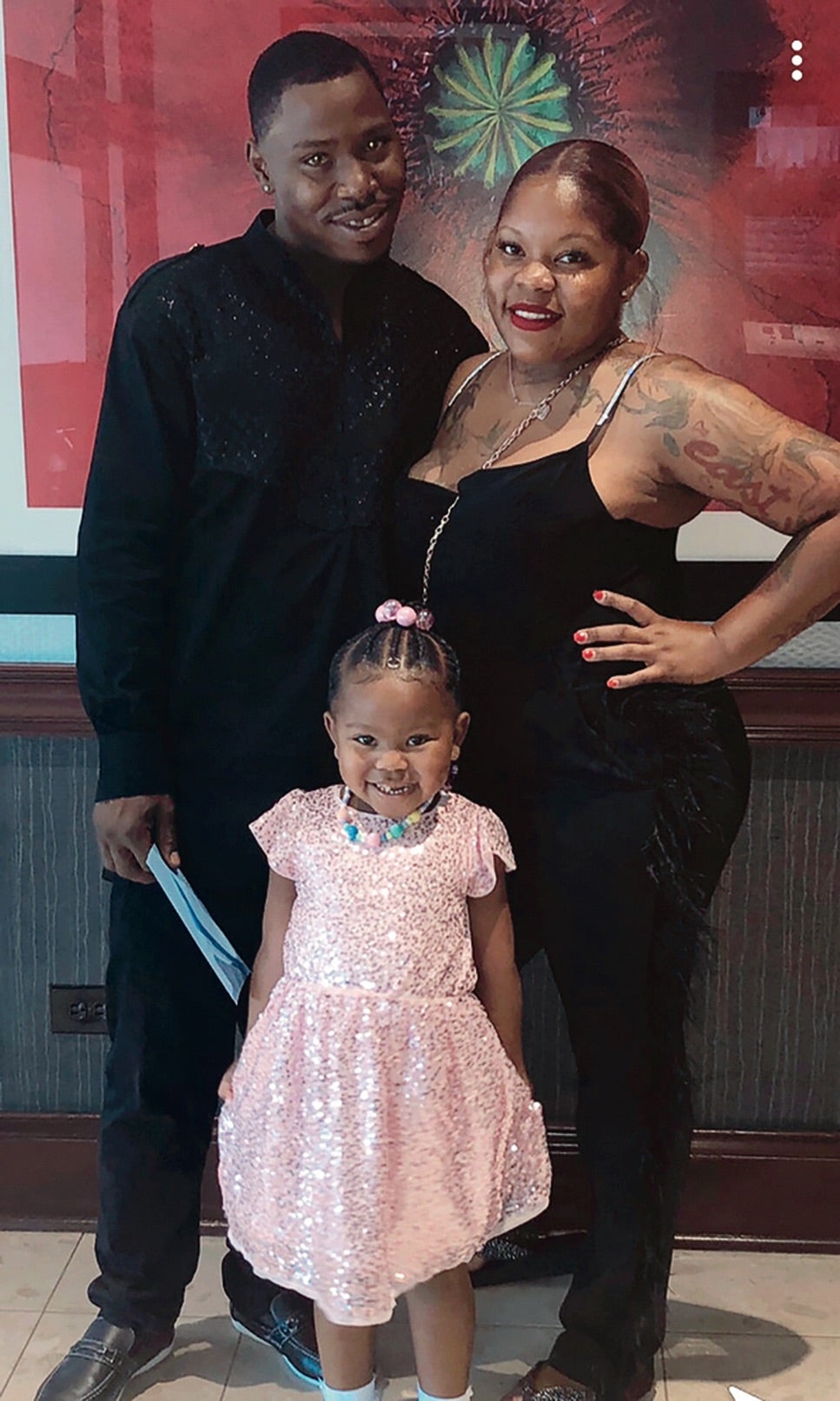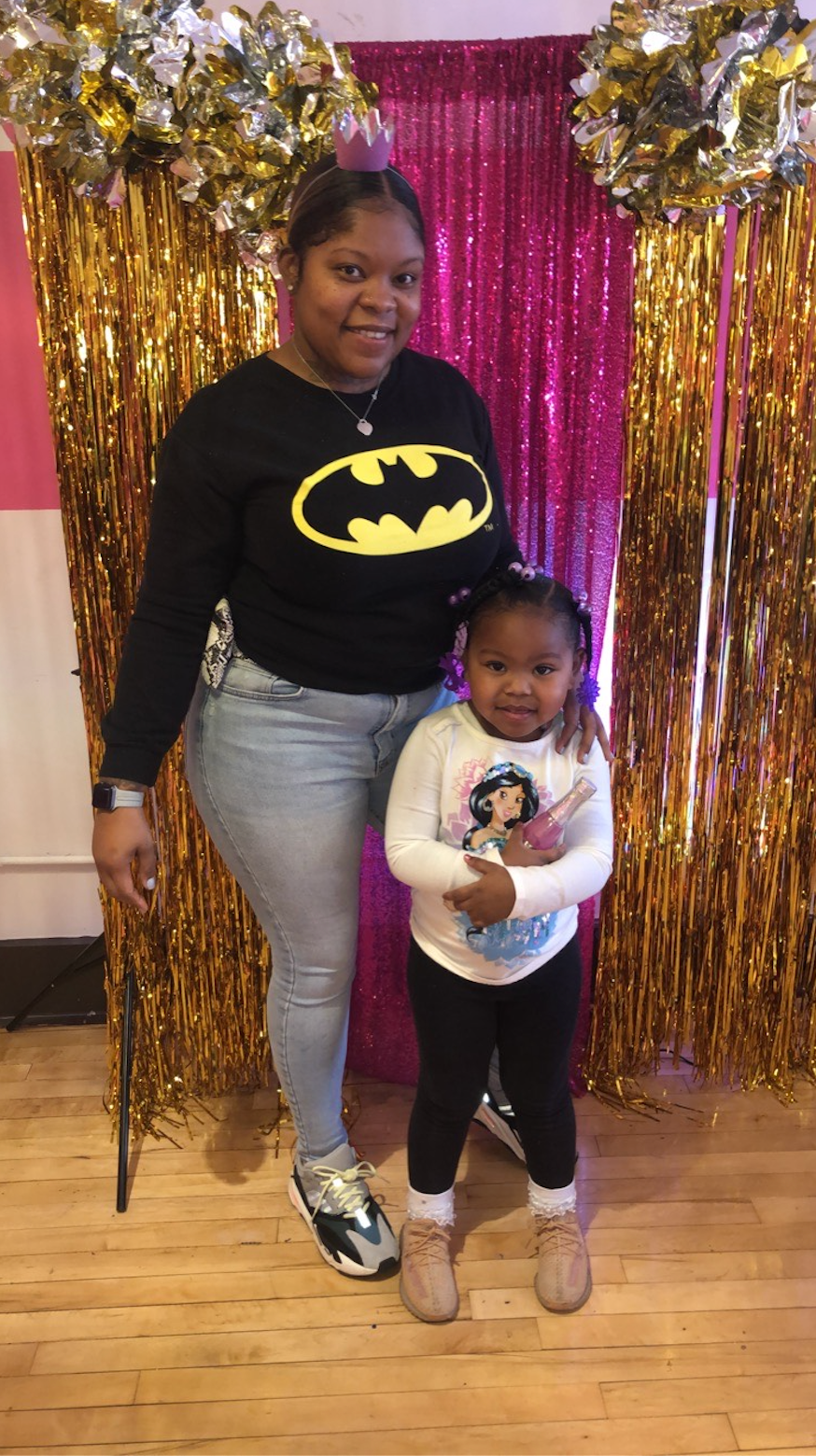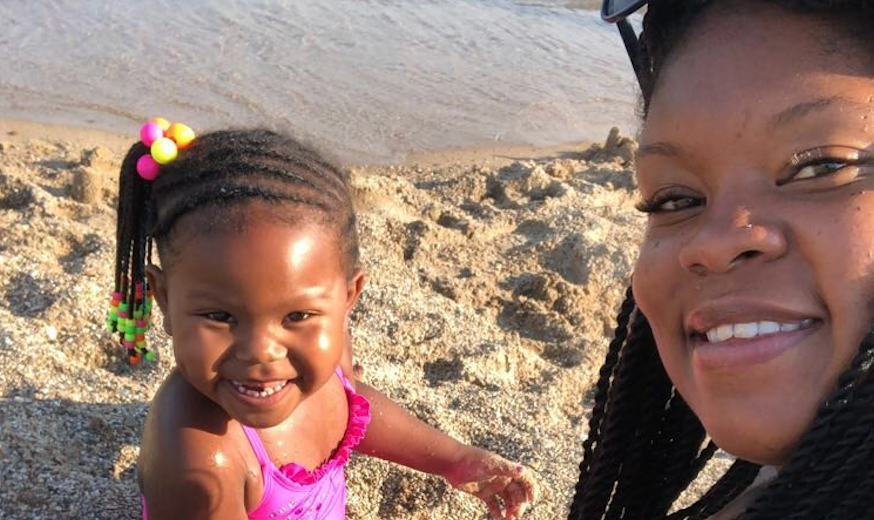Chicago nutrition educator Jessica Kuykindall, 34, and her husband, Eric, believed that having children was in their future, but their pregnancy journey was anything but smooth sailing.
Jessica says she suffered a series of miscarriages including four life-threatening ectopic pregnancies in the span of three years. Her doctor attributed her issues to fallopian tube damage. “The last time I had an ectopic pregnancy, the doctors [removed my fallopian] tubes,” she says. “They said my choices were IVF or adoption. [It made me feel like] I was less of a woman.”
At the time Jessica didn’t know anything about IVF except that it was prohibitively expensive. Thankfully, the health insurance she received through Chicago Public Schools covered the full cost of the procedure and all the necessary medication. Still, she was apprehensive about the process and didn’t know what to expect. “My mother told me to go ahead, do it and have faith,” she recalls.

Unlike IUI treatment, IVF is a more complex series of steps. First, the mother’s egg is manually fertilized by the father’s sperm in a laboratory. The embryo is then placed inside the uterus. If the procedure is successful, the embryo will be implanted three to five days after the egg is retrieved and fertilized. Leading up to all this, Jessica had to inject hormonal medication into her abdomen to stimulate egg production.

It helped that Jessica’s medical history made her a good candidate. Not only did she get pregnant on the very first IVF cycle, but she also had a pregnancy with no complications. Still, the fearful thoughts remained even after she gave birth to her daughter, Eris, in November 2015. “I would wake from my sleep to make sure she was breathing,” says Jessica.
“You get super nervous but you also bless God that she’s here and healthy. Eris has so much personality, and she brightens everybody’s day in my family. I can’t imagine what my life would be without her.”
This article originally appeared in the March/April issue of ESSENCE, on newsstands now.

